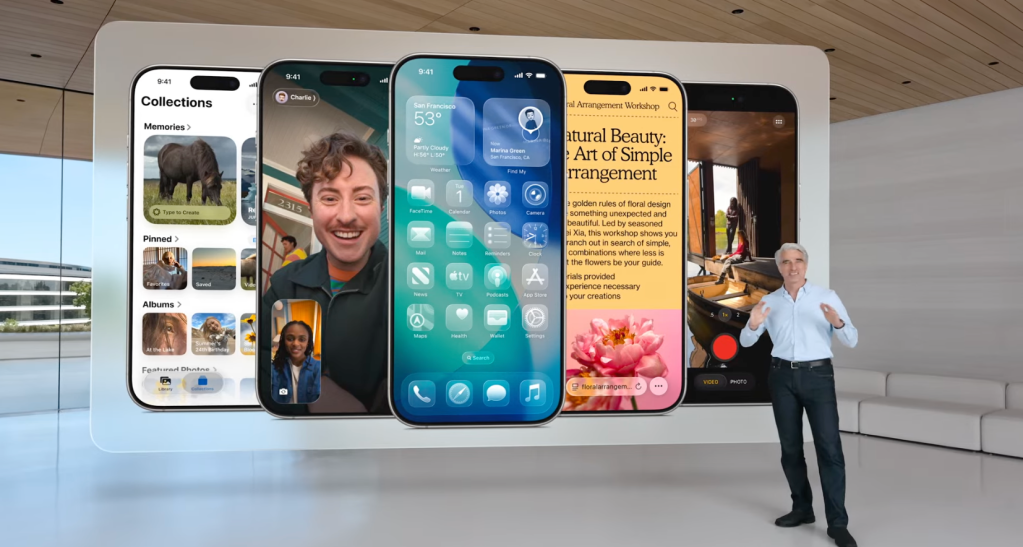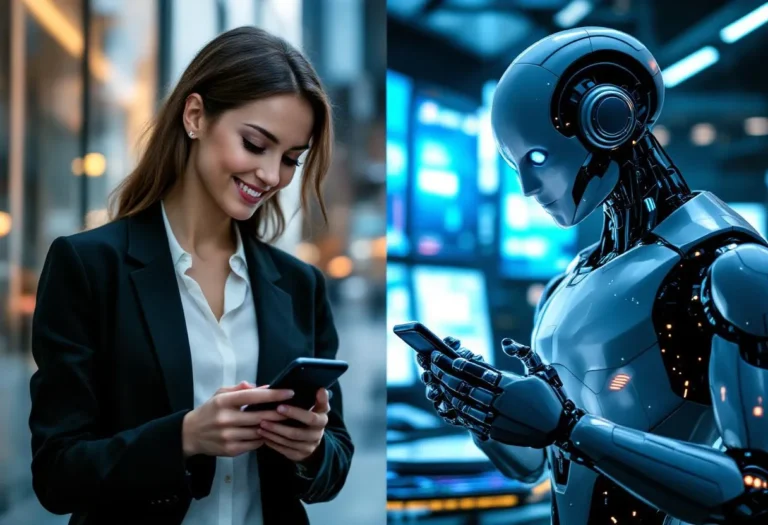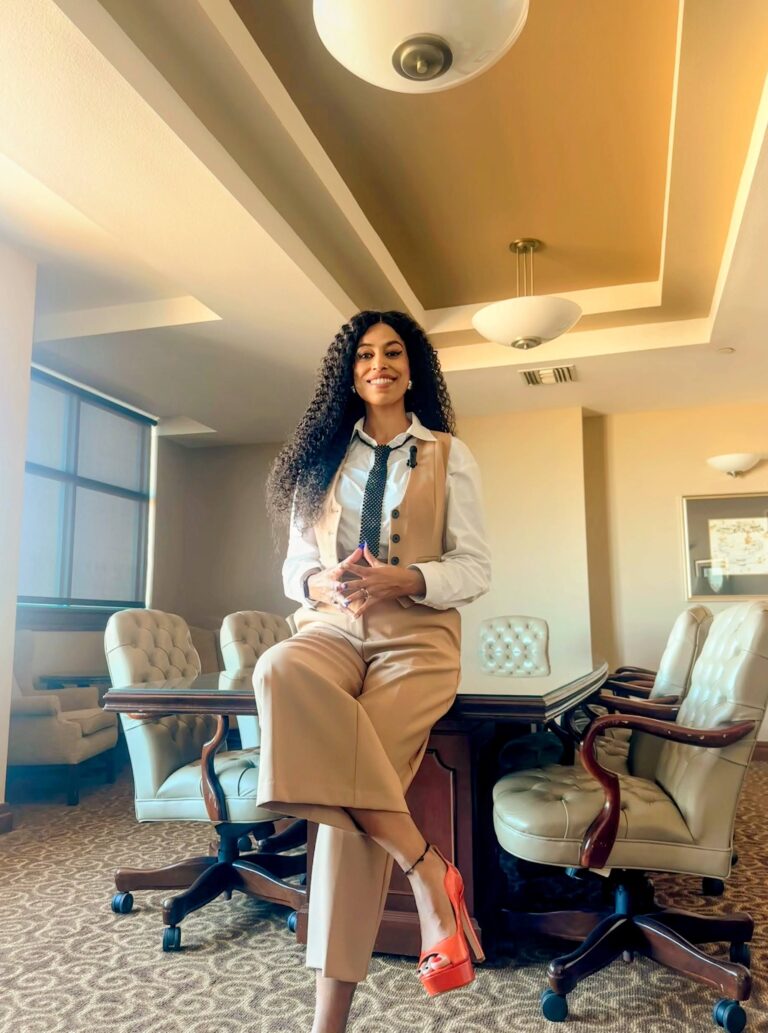Apple just announced that it is releasing see-through app icons in a few months…OK? WTF is this, 2019?
I still remember the feeling of unboxing my first iPhone. It was an iPhone 6s, and peeling the plastic off that screen felt like being initiated into the future. For me, and for most of us growing up, Apple wasn’t just a tech company; it was the definition of cool. Every keynote was a must-watch event, every new feature a glimpse of magic. I’ve been a loyalist ever since, upgrading dutifully, defending the notch, and living happily within the pristine, walled garden.
Which is why playing with the new (hypothetical) iOS 26 feels so strange. It’s not bad, not by a long shot. It’s stable, fluid, and quintessentially Apple. But for the first time in my life, it feels… old. As I swipe through the familiar interface on the impossibly advanced new iPhone, I’m hit with a wave of digital déjà vu. It’s like Apple perfected the formula back in 2019 and just decided to put it on repeat. The core experience is so unchanged that it’s like listening to the same great album for the fifth year in a row. I still know all the words, but the thrill is gone.
Yesterday, I asked Siri a genuinely complex question about planning a weekend trip. The response was a list of web links. A few hours later, I saw my friend do the same on their Pixel. Google’s Assistant booked the restaurant, found directions, and added it to our shared calendar in one seamless interaction. That’s when it hit me: the magic I used to feel from Apple is now happening somewhere else.
Apple Has Teased Us About Foldable Phones For Years!
Foldable Phones & Advanced Watches Left Behind: The Problem with iOS 26
My wandering eye has become a real problem lately, and iOS 26 isn’t helping. I see people unfold a Samsung phone, transforming a normal-sized device into a stunning tablet, and I feel a pang of jealousy. That’s the “wow” factor I used to get from Apple. It’s the kind of tangible, exciting innovation that feels completely absent when iOS 26 can’t even figure out how to manage a second screen.
And it’s not just Google. I’ve been watching what’s happening with HarmonyOS, and the idea of a “super device”—where your phone, watch, tablet, and laptop all flow into one another—is genuinely the future. It’s the kind of connected ecosystem I always thought Apple would build. Instead, my brand-new watch, a marvel of hardware, is being held back by software that treats it like a glorified pager with a step-counter. It’s a powerful tool that the OS is refusing to let me use to its full potential.
For years, I defended Apple’s “it just works” philosophy. I saw the walled garden not as a prison, but as a beautifully maintained estate, free from the chaos outside. But I’m 26 now. I want to tinker. I want to multitask on a foldable screen. I want my AI to be truly intelligent. The curated perfection I once loved now feels like a set of golden handcuffs. Apple’s vision used to feel like the cutting edge; now it feels like a refusal to acknowledge that the rest of the world has moved on.
I don’t think I’m angry, just… disappointed. It feels like breaking up with your high school sweetheart. The memories are cherished, the affection is still there, but you’ve both grown into different people. My journey with technology used to be about following the path Apple laid out. Now, I find myself more excited by the messy, chaotic, and incredibly innovative paths being forged by Google and HarmonyOS.
So as I look at my new iPhone, I see an amazing piece of hardware running an operating system that’s content with living in its glory days. I’ll always have a soft spot for the company that defined my youth, but for the first time, I think my future with tech lies outside their walls. The magic is still out there; you just have to know where else to look.











+ There are no comments
Add yours